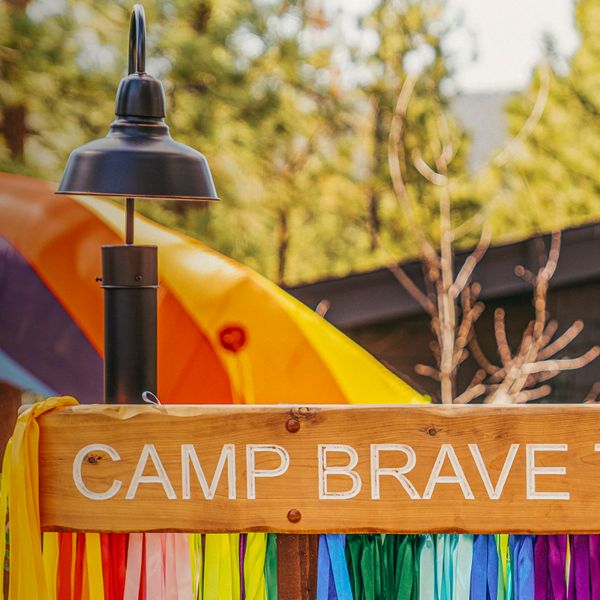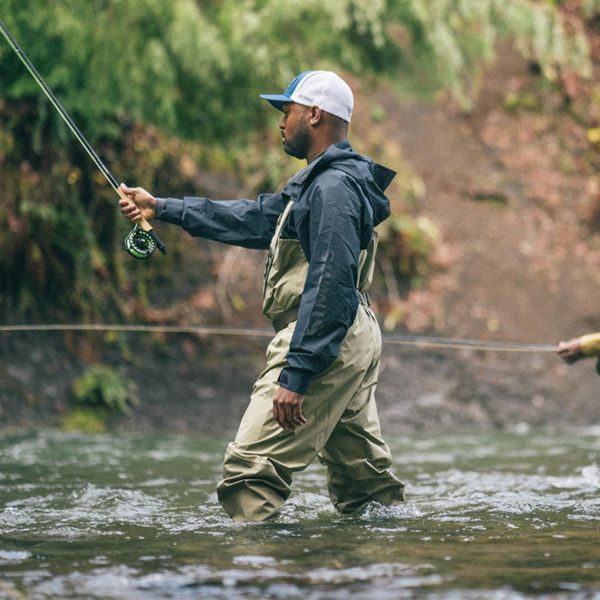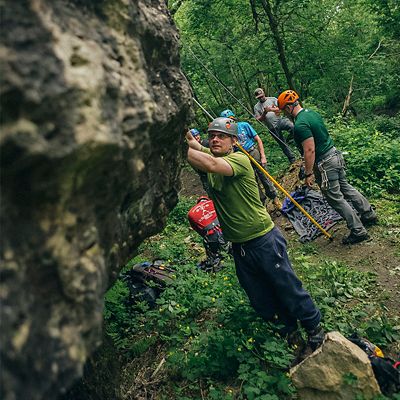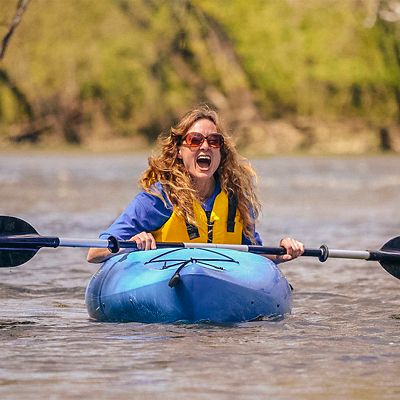The Klamath River, with its headwaters in southern Oregon, and its estuary on the Yurok Reservation in Northern California, has been dammed for nearly a century. More than 100 years ago, the river ran from Upper Klamath Lake in the Oregon Cascades, southwest across the Oregon-California border, to where it reaches the Pacific Ocean at Requa, Calif., on Yurok land. A magnificent maze of marshes, lakes and streams feed the river, and give life to a rich ecosystem of fish, birds, and the humans who depend on the waterway for food—not to mention recreation, business and irrigation.
The full Klamath watershed is the size of Massachusetts and Connecticut combined, covering more than 14,500 square miles. Historically, the Klamath was the third-largest salmon-producing river in the western U.S., but five dams, built between 1918 and 1962, thwarted salmon and steelhead from reaching their spawning grounds and led to dwindling fish runs. The obstruction of the lower Klamath river flow, in addition to drought and warmer water temperatures, reduced the quality of water and other aquatic life.
Subsequently, local Native American tribes and conservation groups have rallied for years to undam the Klamath. After decades of effort (spearheaded by environmental groups like American Rivers as well as the Klamath, Yurok, Shasta, Karuk and Hoopa tribes), the Federal Government has finally signaled support for the removal of four of the massive dams. Under the approved plan, the 25-foot-high Copco No. 2 dam will be removed in the summer of 2023. The remaining three, Oregon’s 68-foot J.C. Boyle, and California’s 126-foot Copco No. 1 and 173-foot Iron Gate dams, are scheduled for removal in 2024.
PacifiCorp, owned by investor Warren Buffet’s Berkshire Hathaway holding company, operates the dams on federal land—hence the need for federal involvement. First, the fed’s Final Environmental Impact Statement determined that removal of the four dams was “in the public interest,” and necessary to repair environmental and cultural damage. Then, the Federal Energy Regulatory Commission (FERC) approved a Hydropower License Surrender in November 2022, which recommended the removal project. Now, FERC commissioners have agreed to transfer the license from PacifiCorp to the states of California and Oregon and the nonprofit Klamath River Renewal Corporation (KRRC) as co-licensees to carry out demolition, pending final sign-off. If all goes according to plan, deconstruction will start in 2023 and be completed in 2024. Finally, PacifiCorp is transferring the management of the two remaining dams on the upper Klamath to the BLM. Those dams, the Keno and Link, will continue to operate with the addition of new fish ladders to allow salmon upstream salmon migration.
Though nearly 2,000 dams have been removed in the U.S. in the past quarter-century, this demolition project will be the biggest to date. Here are five reasons why the largest dam removal in U.S. history is such a big deal.
Win for the tribes
Originally built to provide hydroelectric power, the four dams are now nearly obsolete; updating and retrofitting them with salmon ladders would cost tens of millions of dollars. The Klamath basin tribes have long advocated for the removal of the dams for both food security (traditionally, the salmon harvested from the Klamath made up the majority of the tribes’ food source) and the reclamation of a river due to its strong cultural and ceremonial significance.












